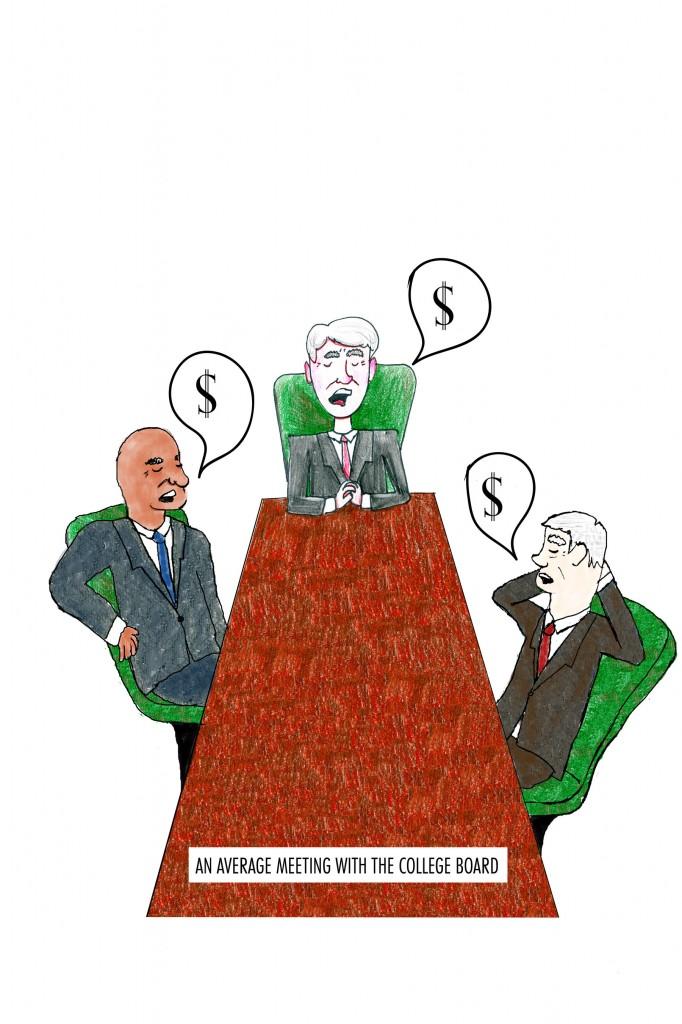College makes it rain
Morgan Mechelke plans to apply for 10 scholarships to make her college expenses more manageable. She is among the 49 percent of KHS students in 2014 to have applied for college as of Nov. 5, 2013, Abby Peterson, college counselor said.
“Any amount of money from scholarships is beneficial because when you’re paying for college, you need every penny you can get,” Mechelke, senior, said.
As the class of 2014 begins to apply for college, they will face the smallest rise in tuition rates, 3 percent, in the past three decades according to reports by the College Board. According to the National Center for Education Statistics, it is estimated that 66 percent of undergraduates receive some financial aid in order to make their college education more affordable. In turn, according to the Federal Government, one out of every six students with federal student loans to repay are in debt. Repaying the student loan debt could hold students back from becoming financially stable after graduation, according to Emily Berty, college counselor.
“[Loan debt] affects your initial adult responsibilities. Buying a car or house or the expenses of starting a family can all be impacted by student loans you’re paying off for decades,” Berty said.
The stabilization of tuition has shown that increases in rates over the past years, some as high as 8 percent, were not the “new normal” as many had feared, according to Berty. With the stabilization of tuition prices students won’t have to pay as much and therefore could reduce the amount of loan debt they encounter after graduation.
“Tuition prices have been stabilizing over the past few years, which is a good sign,” Berty said. “Institutions are becoming more aware of the hardships that expensive tuition has on students and their families.”
The drop in inflation of tuition prices coincides with a survey released by Moody’s Investors Service, in which nearly half of colleges surveyed expected enrollment to decline for full-time students.
“These institutions are becoming more aware that if finances keep going the way they’ve been going, families aren’t going to be able to afford it anymore,” Peterson said.
While college-bound students will be happy with the stabilization of tuition rates, the amount of money given out by the government is declining at the same time according to reports by the New York Times. Undergraduates have seen other funds dry up with federal aid grants per student growing by only 1 percent from the 2010-2012 academic years according to a report by the New York Times. In comparison, from 2008s and 2010s academic year these had grown by 30 percent. In addition, spending on Pell grants, the government’s largest funding for low-income families, has seen a two-year decline. With the ever changing prices of colleges, students need to fully assess their financial options before making a decision, according to the college counselors.
“It’s an investment,” Peterson said. “It’s best to look at college as an investment for your future.”
Your donation will support the student journalists of Kirkwood High School. Your contribution will allow us to purchase equipment and cover our annual website hosting costs.

Grade: 12
Extracurriculars: DECA, Young Republicans, Youth in Government, Mock Trial, Kirkwood Youth Service, Quill and Scroll, Link Crew, Tennis, Kirkwood...








